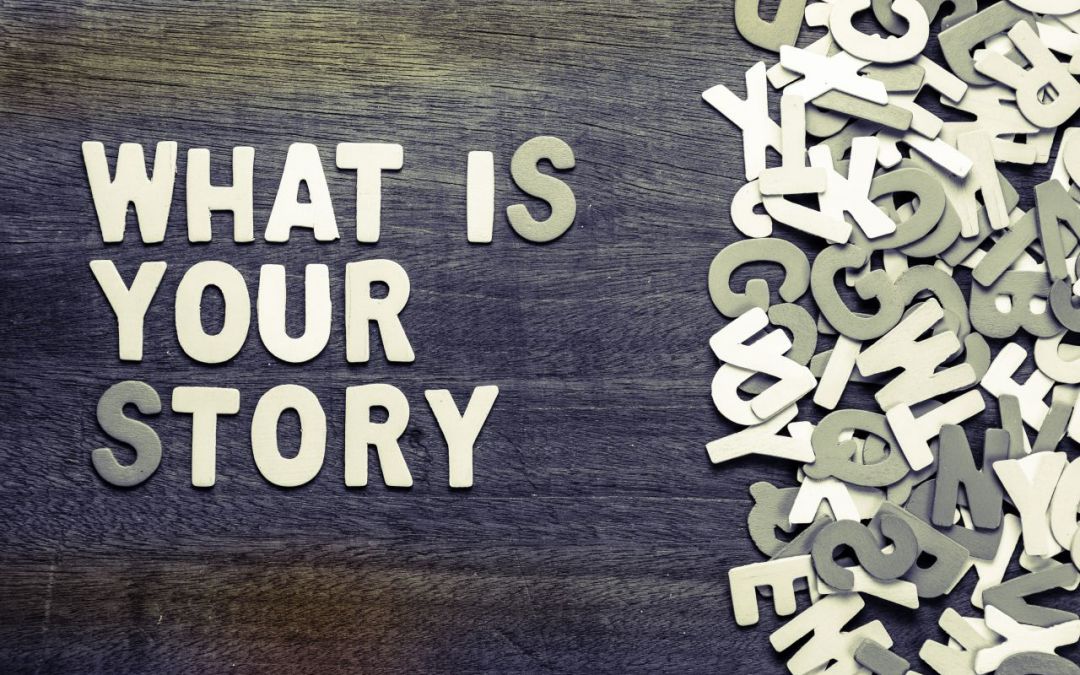What emotions does your brand invoke in customers or potential buyers? Which values would a user associate with your brand? Can your employees describe why your brand exists in a few short sentences?
If you’re having trouble answering any of these questions, you may need help defining your brand story.
But wait. What’s a brand story, anyways?
Most marketers have a good sense of what a brand is. But things sometimes get a little shaky when it comes to the brand’s story. A brand story is a narrative that conveys your product’s raison d’être – why you exist, the problems you solve for customers, and the needs that your product or service meets. On a more fundamental level, this narrative articulates your core values and beliefs. Done right, a strong brand story forges an emotional connection between your product and users or potential buyers.
People connect to stories, not things. Differentiating a product or service rests on creating a strong connection between your brand’s values and your customer’s values. This is why having a clear, consistent brand story is so important.
What values and emotions instantly come to mind when you think of well-known brands like Nike, Lululemon and Apple? Each one of these companies has nailed their positioning and brand story so well that when you think of the brand, you subconsciously associate it with a specific emotion or imbue it with a set of values.
What comes to mind when you see the iconic Nike swoosh? Most of us associate this brand with persistence, resilience and striving for personal bests. Lululemon embodies the values of wellness, non-competitive fitness and body positivity. The first three words that come to mind for Apple? Innovation, visionary, game changing.
Now try this exercise: which top three values do customers associate with your brand? How would your employees describe what you do – and why you do it – in one sentence? Can you summarize what you stand for in a few words?
If you’re having trouble answering any of these questions, you may need help defining your brand story. The first step is to figure out the “why” of your product or service. Why do you exist? From this jumping off point, you can start fleshing out a more detailed narrative. Remember, your brand story should be compelling, but it must also be authentic.
We’ve touched on the strategic reason for establishing a brand story. But there are also practical reasons for articulating the narrative that underlies your brand.
A brand story will inform all your marketing and communications. Whether it’s the landing page or about copy on your website, your social media posts, or the sales sheets used by your account team, a strategic narrative will shape the tone and content of your tactical marketing efforts, while ensuring messaging consistency.
A clearly defined brand story gives your employees something to rally around, and ensures everyone is on the same page. So when your sales people are having conversations with potential customers, or HR is interviewing job applicants, or your marketing team is working on a new ad campaign, everyone is singing from the same hymn book, so to speak. Think of it this way: if your employees were at separate dinner parties and someone asked them to describe what your company or product does, why it does it, and how it helps customers or makes their life better, would they all say the same thing?
Finally, a strong brand story gives customers and potential buyers something to rally around, building trust, increasing engagement and inspiring loyalty. And highly engaged, loyal customers are more likely to become brand ambassadors, because they feel their values align with your brand’s values, and your brand reflects how they perceive themselves – or how they want others to perceive them.
And having a loyal tribe of brand ambassadors is the holy grail of marketing. But first, you need to make sure you get your story – brand story, that is – straight.

